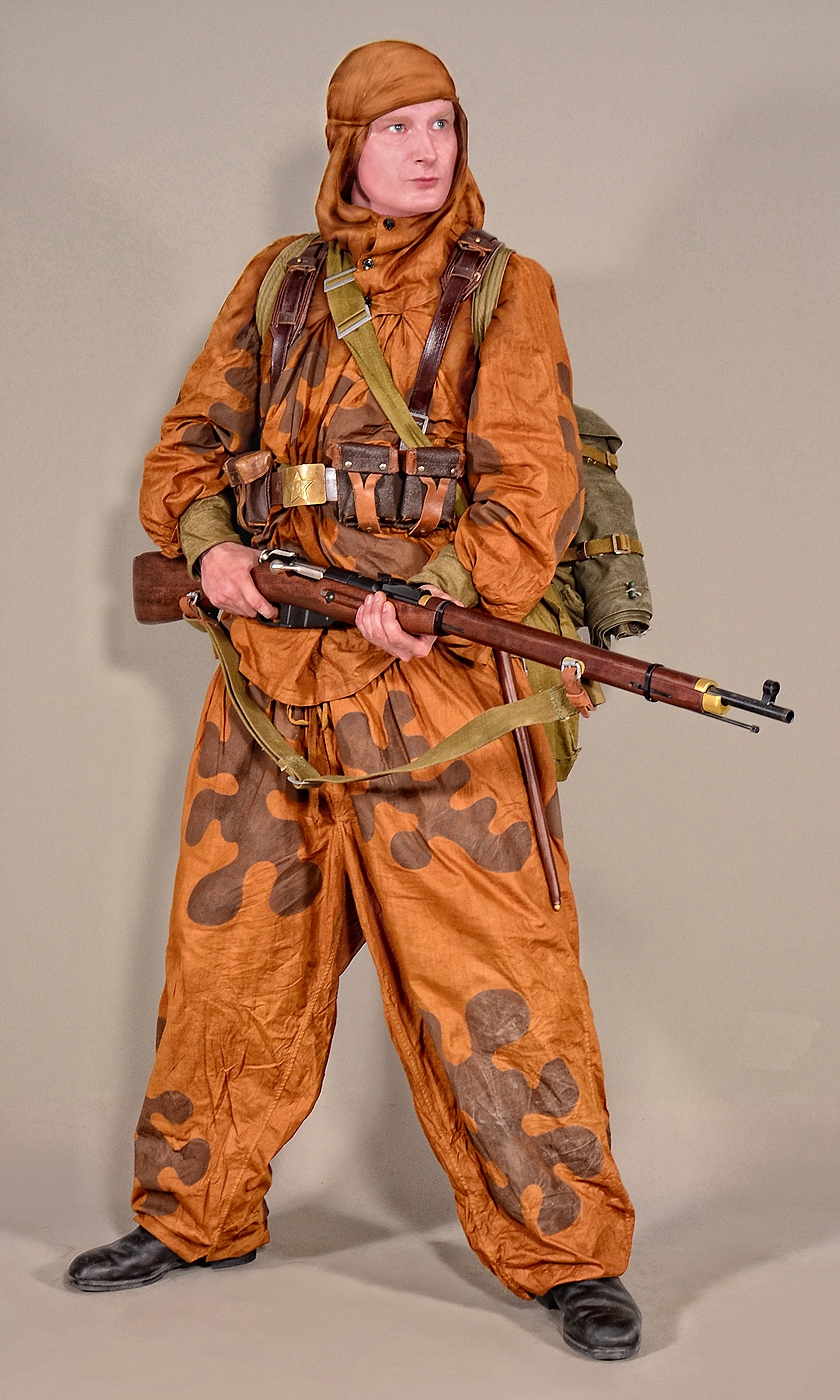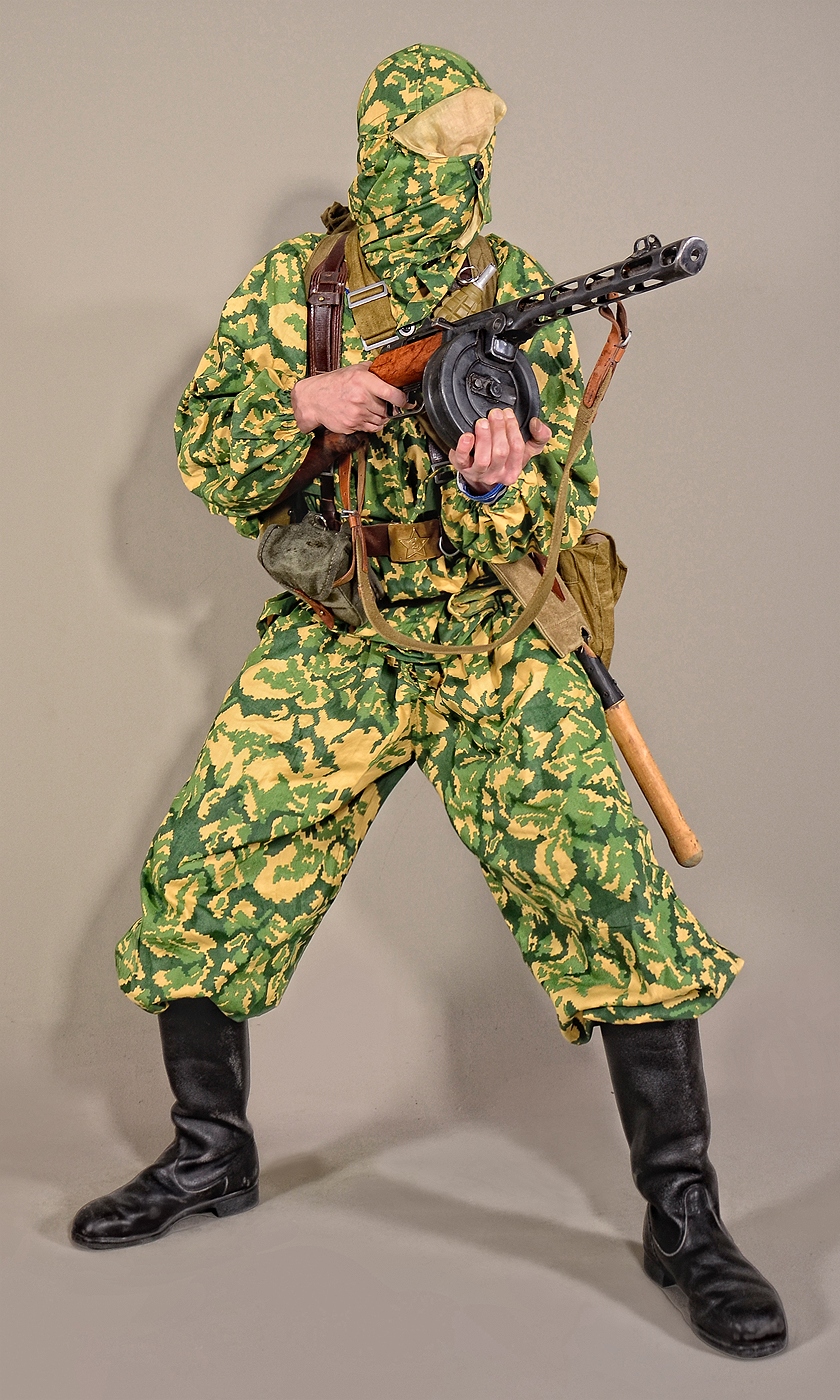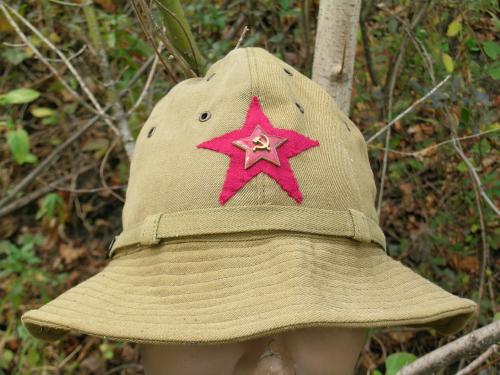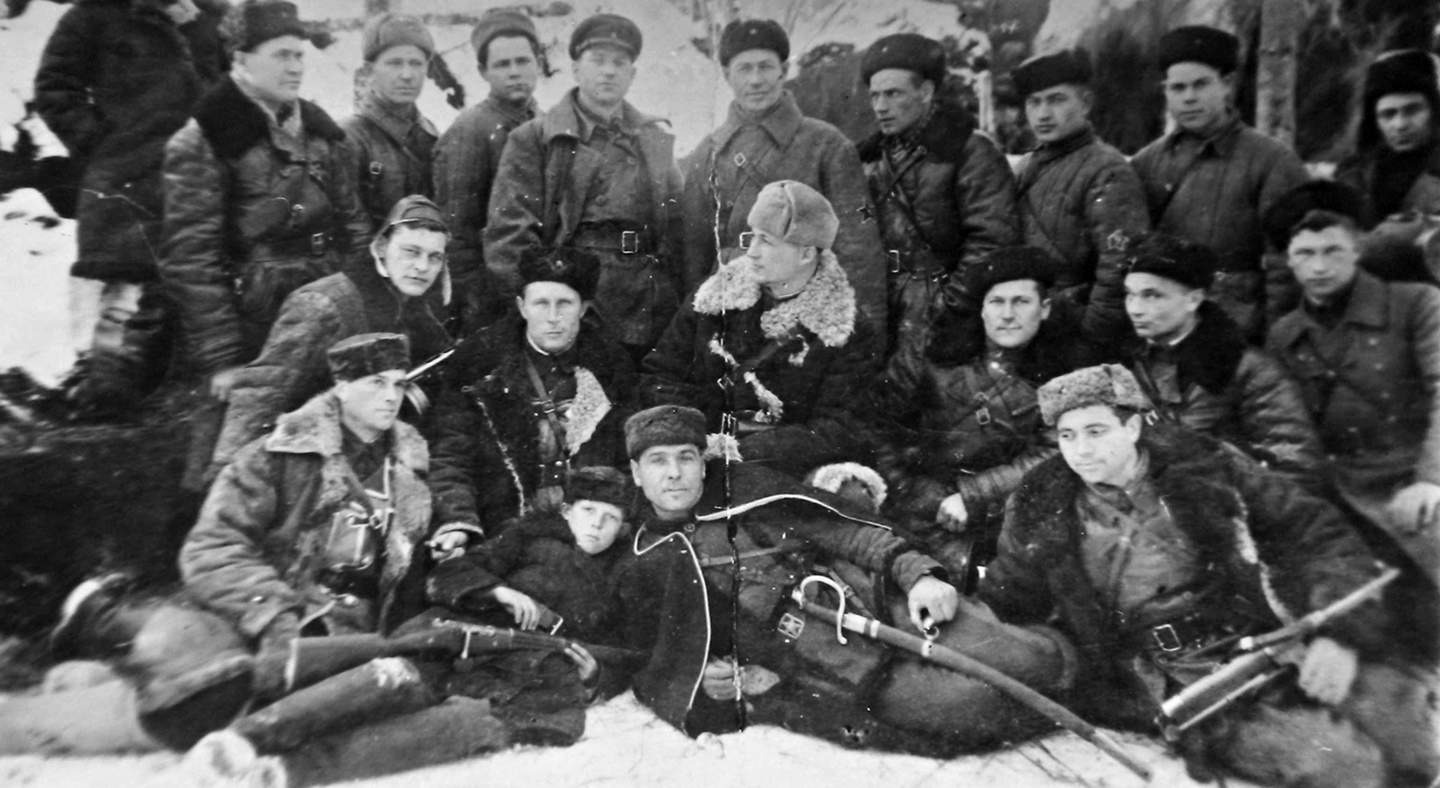 FAR M1912
FAR M1912
 FAR M1913
FAR M1913
The Fedorov Automatic Rifle M1913 (RUS: 7.62-мм автоматическая винтовка Федорова 1913 года. / 7.62-mm A vtomaticheskaya V intovka F edorova 1913 goda. | ENG: 7.62mm Fedorov automatic rifle 1913). At that time, semi-automatic rifles were called Automatic Rifles. Hence the name. It is also worth paying attention to the caliber.
Because at the same time Fedorov released two rifles under the same name, differing in calibers. According to the standards imposed later, the rifle should be called Fedorov AVF-13 (such abbreviations began to be used about 10 years later). This is a prototype of a semi-automatic rifle. Initially for 7.62x54mmR and 6.5x57mm Fedorov ammunition.
In 1915/1916, experiments were carried out with a 15-round magazine from the Madsen machine gun. In 1914-1916, 600,000 pieces of Japanese 6.5x50mmSR Arisaka ammunition were delivered to the Soviet Union, which resulted in the transformation of the 6.5mm M1913 model into the M1916 model. Which was the first fully automatic rifle in this line. The earlier M1911 and M1912 models looked identical to the M1913.
The Soviet Border Troops (Russian: Пограничные войска СССР, romanized: Pogranichnyye voyska SSSR) were the border guard of the Soviet Union, subordinated to the Soviet state security agency: first to the Cheka/OGPU, then to NKVD/MGB and, finally, to the KGB. Accordingly, they were known as NKVD Border Security and KGB Border Troops. Unlike the border guards of many other countries, Soviet Border Troops also included the maritime border guarding units, and aviation units (i.e., a coast guard).

The mission of the Border Troops included repulsing armed incursions into Soviet territory; preventing illegal crossings of the border or the transport of weapons, explosives, contraband or subversive literature across the border; monitoring the observance of established procedures at border crossing points; monitoring the observance by Soviet and foreign ships of navigation procedures in Soviet territorial waters; and assisting state agencies in the preservation of natural resources and the protection of the environment from pollution.

Border guards were authorized to examine documents and possessions of persons crossing the borders and to confiscate articles; to conduct inquiries in cases of violations of the state border; and to take such actions as arrest, search and interrogation of individuals suspected of border violations.

With the end of the Soviet Union, the Soviet Border troops remained under the command of the Commonwealth of Independent States but later were divided between the Union’s constituent republics.


I find the idea of border guards being the first USSR soldiers engaged in WW2 sad and funny. Not the elite but one step up from quickly drafted militia. That somehow in the middle of WW2 Germany surprised Russia by invading. It devastated the air force and took huge amounts of ground. proving the only good defense is a good offense.

I would love for Japan and USSR to finally get a new dance partner providing some badly need variety. The trouble will be balancing USSR the strongest faction in game and Japan the weakest. Five shot semi auto and the stripper clip Type 4 against well two br4 sa at br3 and br4. MGs that are even worse than the us (Yes bar and stinger go brrrr).

Tanks and planes that barley compete with the US against soviet behemoths. No SA sniper and only a few good SMGs to fight High capacity fast firing soviet MGs and SMGs. The even itself proved how bad of a matchup the two would be in regular game play.
